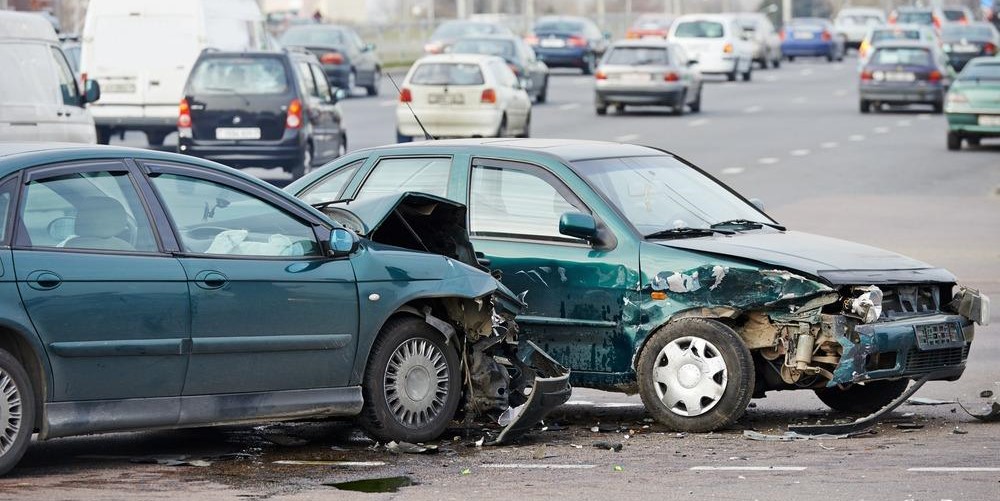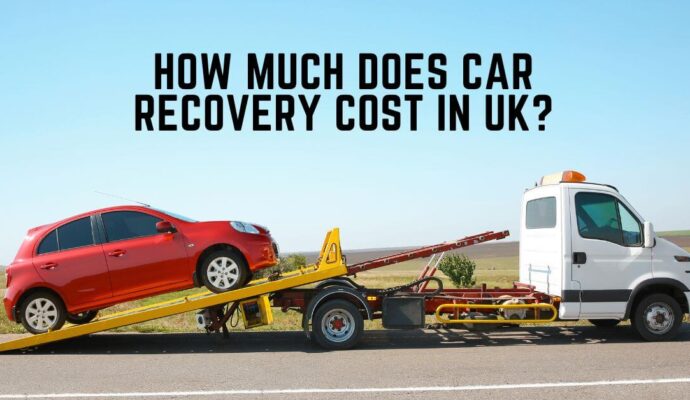It’s no secret that America has a significant traffic problem, which may result in catastrophic injuries and deaths for our drivers. Even during a global pandemic, with fewer people driving, there was an 8% rise in traffic mortality last year.
How can driving generate so much death and destruction? What factors contribute to traffic congestion in the first place? How can we reduce the number of deaths and injuries caused by traffic jams? Here’s what you should know.
What Factors Contribute to Traffic Congestion?
The primary cause of traffic congestion, and consequently any car accidents that result from it, is the present roadways’ incapacity to handle the number of people on them. Traffic congestion occurs when the number of persons traveling on a stretch exceeds its standard capacity.
The causes for this might differ. However, other factors that contribute to traffic congestion include:
Inadequate or failing infrastructure
For a long time, the United States has not focused on constructing or upgrading its infrastructure. Significant traffic congestion can occur when there aren’t enough roadways or the roads are too small. That is one of the motivations for the White House’s current bipartisan infrastructure proposal.
Weather Conditions
Inclement weather causes a lot of traffic and accidents. People appear unsure of how to drive correctly in the rain or snow, which can lead to significant accidents. Speaking about which…
Another Traffic Incident
Another collision on the route is another important source of traffic congestion. Drivers, once again, like taking their eyes off the road to watch what is happening to the other cars and drivers. This causes traffic delays and increases the likelihood of another collision occurring.
How Does Congestion Cause Car Accidents?
Now that we’ve covered the most common causes of traffic congestion let’s look at how this congestion might result in traffic accidents. Traffic congestion may cause automobile accidents in a variety of ways, including:
Limited Maneuvrability
It’s difficult for motorists entering and exiting the busy neighborhood to locate parking. During instances of heavy traffic, there is frequently little room to move. Worse, because of the stop-and-go action of traffic, such areas can diminish or enlarge at any time.
This leaves people with limited options for changing lanes, exiting the traffic bottleneck, or returning to the road. This raises the possibility of a collision.
Increased stress equals less responsible driving.
Consider the last time you were caught in a major traffic jam. Were you having an excellent time while trapped in traffic?
No, because one of the leading reasons for road rage in traffic. When people are emotional, especially when they are furious, they are less likely to drive appropriately. Pulling off the gas or applying the brakes in time is more challenging. Furthermore, they are more prone to drive aggressively, cutting off merging and entering traffic.
When you try to cut off merging traffic, you risk a significant accident.
Not Paying Attention to Traffic Flow
Of course, another way traffic bottlenecks create accidents is when individuals ignore traffic flow. If you know you’ll be stranded somewhere for a time; you could zone out while you wait. Play some music and notify your pals or boss that you will be late.
You’re not paying attention while doing this, and drivers behind you may become impatient for you to move. Worse, you can miss incoming traffic when you eventually get back behind the wheel.
How to Avoid Accidents in Traffic Jams
Congestion brings out the worst in people, including usually decent drivers. So, how can you keep a simple traffic delay from becoming a tragedy? The following are the ideal actions to take:
Keep Track
Distracted driving is one of the most common reasons individuals contact a car accident lawyer. You’re not paying attention to traffic flow if you’re concentrating on your phone, messing with your console, eating, or drinking. Worse, you may miss automobiles merging into your lane. If you’re not paying attention, you could overlook evident changes in how traffic moves.
Follow the Highway Code.
To be sure, every motorist should always follow the regulations of the road. Follow stated speed limits, maintain a safe following distance from cars in front of you, announce your purpose before moving, and so on. However, we do not live in a perfect environment, and you cannot rely on other drivers to abide by the regulations. All you have control over is whether or not you follow all local driving laws.
Don’t Allow Emotions to Run Wild.
We understand. Traffic congestion is inconvenient for everyone. We all have things to do, places to go, and people to see. Many of these items are time-critical. Worse, the inappropriate behavior of other drivers can create a significant increase in tension and irritation.
However, in this scenario, we must advise calm. Congestion in traffic is never excellent, but getting involved in a traffic accident will set you back even longer. You’ll need to call the police, medical assistance, your insurance, and an attorney. This is far more stressful and annoying than being trapped in traffic.
It’s not worth it to lose your mind.
Are you looking for further information to help stay safe on the road?
Traffic congestion is one of the leading causes of road accidents and deaths each year. However, if you remain calm and follow the flow of traffic, you should be able to safely navigate the traffic bottleneck and get back on schedule.
Did you find this article about the relationship between traffic congestion and automobile accidents helpful? Do you want to learn more about types of workplace accident? If so, visit our site now for more articles like this!





More Stories